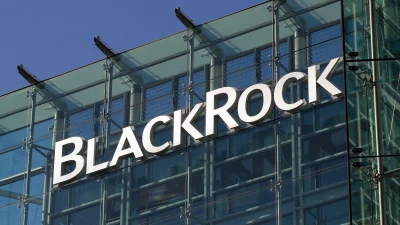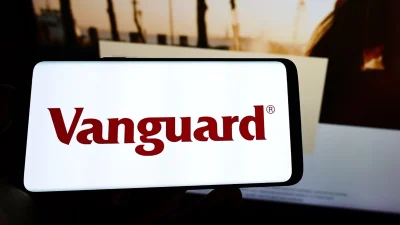Platinum launches global transition ETF



Platinum Asset Management has launched their new active ETF, the Platinum Global Transition Fund (PGTX), aiming to invest in global ESG-focused companies.
The ASX-listed managed hedge fund would drive investment towards undervalued firms across the globe which were aiding the transition away from fossil fuel-derived energy and towards renewable resources.
With a $10.3 million portfolio size, the new ETF would consist of 25-60 securities and had management fees of 1.025% per annum. Additionally, there would be a performance fee of 15% of the amount by which the fund’s return exceeded a 6% annual return.
“The transition away from carbon will be the largest capital investment cycle the world has ever attempted. It's going to require trillions of dollars of investment every year,” said portfolio managers Liam Farlow and Jodie Bannan.
They continued: “It will span many decades and provide attractive investment opportunities across a variety of companies that are seeking to benefit from the carbon transition”.
The fund would see investment towards companies in the following areas:
- Energy production and transmission;
- Energy storage;
- Energy efficiency;
- Transport;
- Scope 1, 2 and 3 greenhouse gas emissions reduction;
- The circular economy (solutions tackling environmental issues);
- Food production;
- Hydrocarbon substitutes; and
- Materials, components and infrastructure used to enable the carbon transition.
Recommended for you
BlackRock, in collaboration with iCapital and GeoWealth, has unveiled a model portfolio that delivers access to both private and public market assets in a single account, following adviser demand.
Magellan has confirmed the new leadership of its active infrastructure ETF once head of investment, Gerald Stack, exits in July.
Vanguard has indicated it is actively trying to meet the demand for international ETFs with its next ETF launches sitting in this space.
Dubious marketing strategies involving financial advisers are among reasons that research house SQM Research has put the private credit space on alert.















